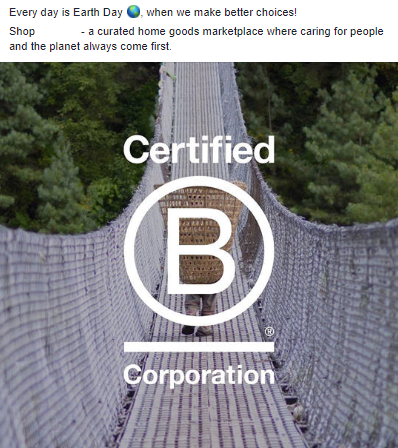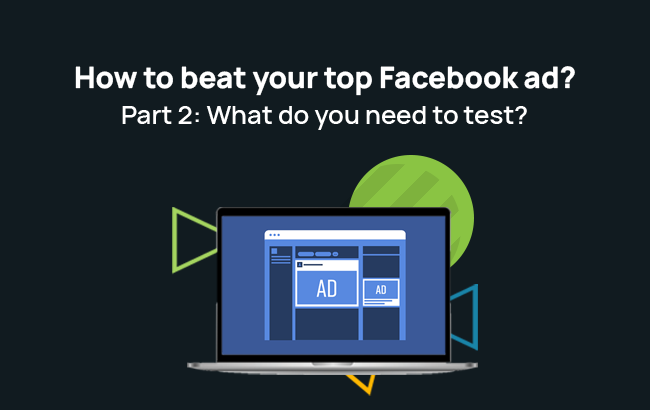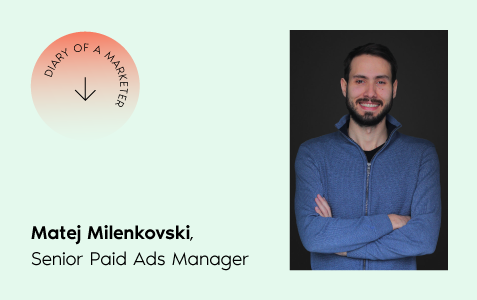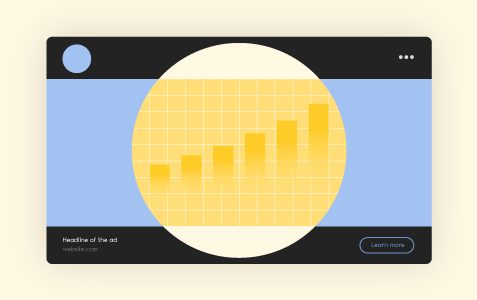In the first part of this article we learned a bit more about how Facebook is optimizing and why some ads are performing better than others. So before you jump in, make sure you read “Part 1: Which ads is Facebook Preferring?“.
In this part, we’ll focus more on the testing process and we’ll share 5 tips that you can use to improve your campaigns and beat your top Facebook ad.
How to improve my testing process?
If you want to get results and see what makes your Top Facebook Ad “better” than anything else you come up after it, you need to do tons of testing. But you also need to do it properly and not end up wasting money and time.
Here are 5 ways you can improve your testing process and get to your next winning ad.
1. Challenge the positioning (Go crazy)
Don’t just test different ads – test different concepts and positionings. The more different angles you test, the better. Why is this so important?
If you only test slight variations of your top ad, you’ll never find out if you can go one step further. You’re feeding the algorithm with more or less the same data, and a slight change in the copy or creative won’t be enough for your new ad to be placed in front of your audience.
Adding a brand new positioning, totally different creative, and a fresh new angle for the copy will attract new users from your existing audiences and you’ll find out if there’s a new direction you should take.
Think about all the different aspects of your product/service and think about the different ways you can position yourself in front of the audience. Dig in deep, and try to come up with as many different angles to test out as possible.
– What are the most common problems you can solve?
– Are those your problems or your audience’s problems?
– Do your users even know they have a problem to be solved?
– Can you remind the users that they have a problem, and can you solve it?
– Is the reason users buy because you have awesome customer care or the fact that your product makes users feel cool?
So many questions, so little time. But this first phase is crucial.
If you challenge your positioning on an ongoing basis with brand new ideas and bold approaches, you’re increasing your chance to beat the top ad in your current campaigns/ad sets. This way, you’re giving the algorithm totally different options to choose from and you might attract new users that were previously not interested in what you had to say.
This can change your performance overnight, and you just might see a drastic redistribution of volume, from the old ad to the new crazy idea you thought wouldn’t work.
Example: Different ad positioning


The example above is talking about the same company but in two very different ways.
2. Consider the intention of the user
Yes, I know you’ve heard this from every Facebook guru out there, but you’d be surprised by how easily marketers miss this.
Let’s say you have a bunch of different positionings and crazy ad ideas, and you are ready to go. But, do you really know who you are showing your ad to?
New users will react differently from users with who you’ve already engaged and are familiar with your brand. So you should separate these two segments when testing new ads.
But the question remains – should you go laser specific or keep it more generic?
This can go against your advertising instincts, but the most specific and user-tailored ad is not always the winner. You’d be surprised by how many times the more generic ad will win. That’s why you should always test both the generic and the specific ads when possible. This will give you a better understanding of what works best for each segment (audience) and will give you insight on where to go next.
Example: Prospecting vs. Remarketing ad


The example above shows the different approaches you can take for two very different audiences. The one on the left is talking to the new, soon to become plant lover, and the one on the right speaks to the user who is not only familiar with the brand but already showed great interest in the products.
3. Keep it simple
… and clean. In order to get clear results, you must have a clear experiment.
Going back to the previous point, here are some things to consider:
Separate and choose your audiences
As mentioned in the previous point, you’d want to keep your different audiences separated, so you can have a clear understanding of their performance. Since every audience is different, this can have a huge impact on their performance.
Also, it is important that you use a relevant audience for the test. For example, start with a lookalike audience from your purchasers for your prospecting segment, and start with website visitors for your remarketing audience.
From here, you can go more granular and test more specific concepts, different interests, other event-based audiences, and so on. Or, you can go for a more broad approach and test out pure audiences (without targeting any lookalikes or interests), and let the algorithm find the users.
Test different ad formats
Ideally, you want to start off by testing different ad formats. Why? Because the creative is the first thing a user sees and the sooner you figure out which format performs great, the better.
From here, you can test the other impactful variables, starting with the creative and moving down to the headline and copy.
Start with only a few concepts
Simple enough, don’t just throw 1000 ads in one ad set. Of course, depending on your audience size and your available budget you can change the number of ads you test per ad set, but my advice is to start off with 3-4 different concepts (positionings) and go from there.
4. CBO, ABO, or A/B test campaign?
If you’ve been researching the topic of ad testing long enough, you’ve probably come across conflicting theories on whether you should launch a specific experiment campaign (Facebook’s A/B test) or just throw ads in your existing campaigns or have a separate experimental budget and use that to set up your own tests in regular CBO or ABO campaigns.
Since we now learned that throwing ads in the existing campaigns can lead to those ads not getting enough volume, let’s look at Facebook’s A/B testing campaigns.
The benefits of having an A/B test campaign are obvious. You choose the variable you want to test, Facebook divides the users from your audience without overlap, and you get a notification once the results are conclusive enough. Cool, right? This is what all marketers are after, clear A/B tests, and conclusive results.
However, these tests can be expensive, time-consuming, and without any conclusive results. We now know that when you take the top ad from the experimental campaign and throw it in your old campaigns, it can still result in low volume. So you’re back at square one. But don’t panic, just remember Point 1 – challenge the positioning!
It really doesn’t matter which approach you take, as long as you control the experiment, or at least know the impact of the different factors at play. This means that you should know what and why you are testing at any given moment.
5. Be patient
You can’t expect to have conclusive results after 16 seconds, especially if you are targeting large audiences, or you’re just starting out with a brand new account. Trust me, when you’re in a hurry, it’s very easy to make false conclusions.
In order to flip the switch, you’ll have to rely on data, so give the algorithm some time to adjust. Anywhere from 5-7 days at least, and if you really have conclusive results after just a couple of days, well, bravo.
And if you really can’t get the needed volume for your new ads, here’s a bonus tip for you.
6. Pause your top ad
… said no performance marketer ever.
I know this goes against all of your instincts, but if you really can’t take the volume from your old ad, it’s a great way to find out if your new idea is really working or not.
Think about it, you can give your new ad a proper chance and if you do this in a 7-day time-frame, you won’t reset Facebook’s learning phase for the other ads.
Sooner or later you’re gonna hit the right audience, but it’s the ad that will make all the difference. That’s assuming, of course, you have an awesome product/service, a great landing page, responsive customer support, and so on.
The most important thing to remember is – take your time to think through all the different ways you can position yourself (your brand or offer) in front of the user. At the end of the day, you’ll have to find out what works best for your brand, and constantly improve your ads as you get new insights.
Hope this helps my fellow marketer! Until next time – keep on testing!
_____________________________________________________________________________
Do you have some other Facebook testing ideas, thoughts or experiments you want to share? We have a special group just for that! Join our PPC Addicts community.





